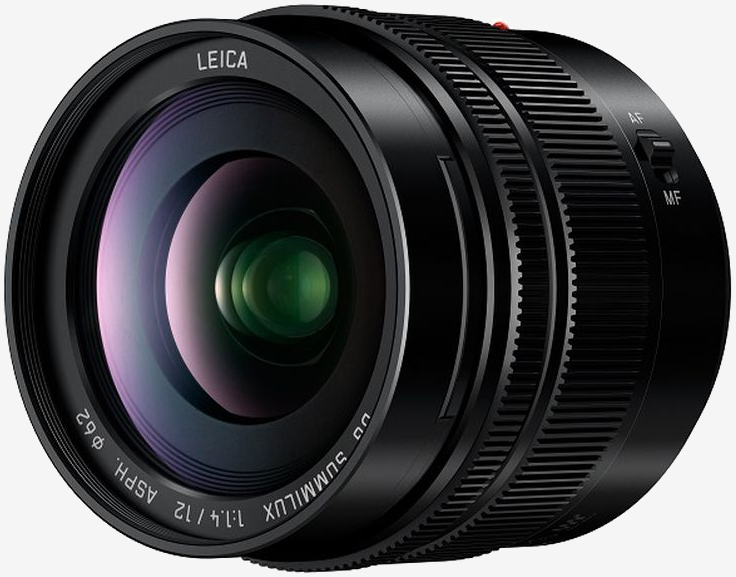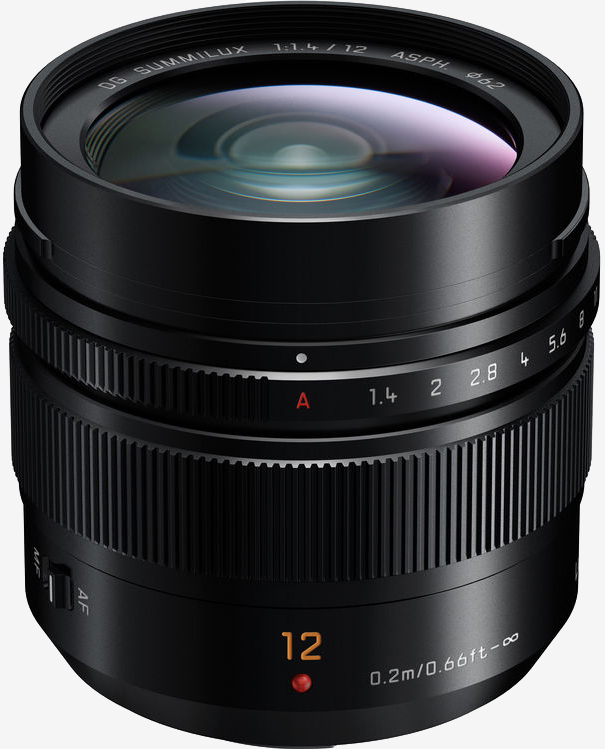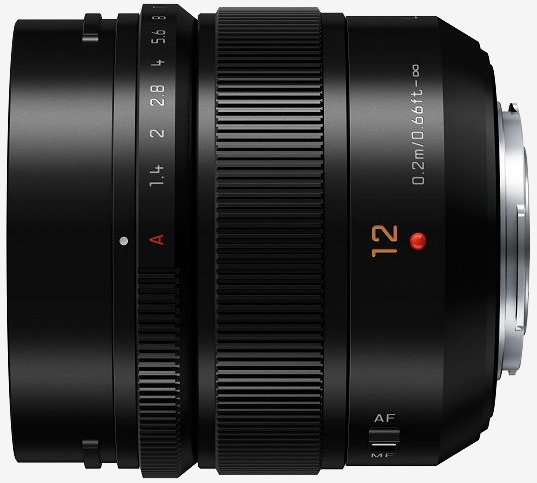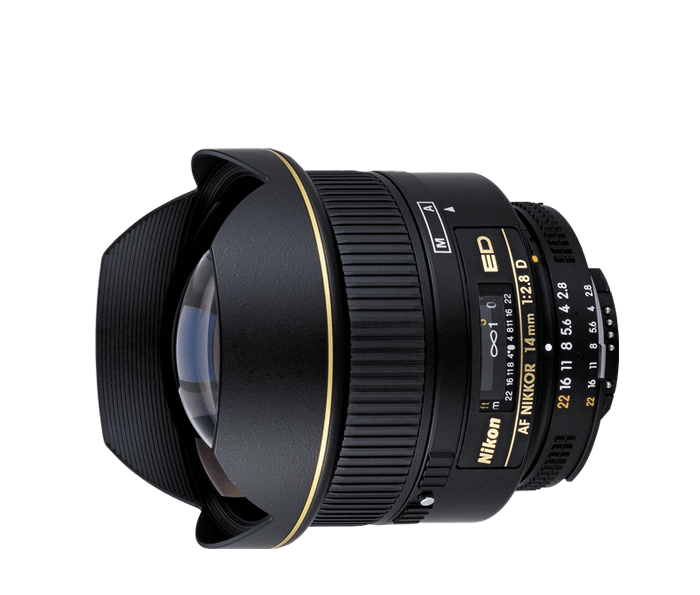
Panasonic on Wednesday announced a brand new ultra-wide lens for the micro four thirds (MFT) format, officially known as the Panasonic Leica DG Summilux 12mm f/1.4 ASPH lens. It’s the widest prime (fixed focal length) lens the company offers if you don’t count fisheyes.
As PetaPixel notes, this new lens is a bit larger than MFT users are probably accustomed to, tipping the scales at 335 grams (11.82 ounces) with a 62mm filter thread. If you’re like me, the very first thing you do with a new lens is screw on a UV haze filter to protect the front glass.

Inside the dust- and splash-proof lens, you’ll find 15 elements in 12 groups which includes two aspherical elements, two Ultra Extra-Low Dispersion (UED) lenses and an Extra-Low Dispersion (ED) element. Panasonic claims the elements help meet the stringent Leica standard for exceptional image quality.
The lens also features a nine-blade aperture with a dedicated aperture ring as well as an internal focus drive and stepping motor for smooth, silent operation. The fast f/1.4 aperture also makes it ideal for shooting in low-light environments.

As you may know, MFT features a 2x crop which means this 12mm lens offers the equivalent focal length of 24mm on a full frame camera.
Panasonic says the lens will be available this summer priced at $1,299.
https://www.techspot.com/news/65229-panasonic-announces-widest-mft-prime-lens-leica-dg.html
